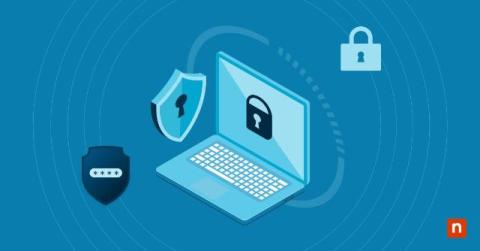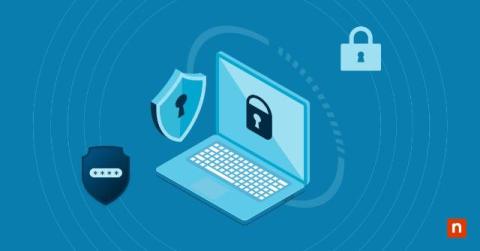What Is Green IT? Overview & Best Practices
Digital operations are an important part of every business’s success, and the environmental footprint of IT practices has surged to the forefront of corporate responsibility discussions. Traditional infrastructure of information technology stands as a significant contributor to global energy consumption, underscoring an urgent call for sustainable measures.











